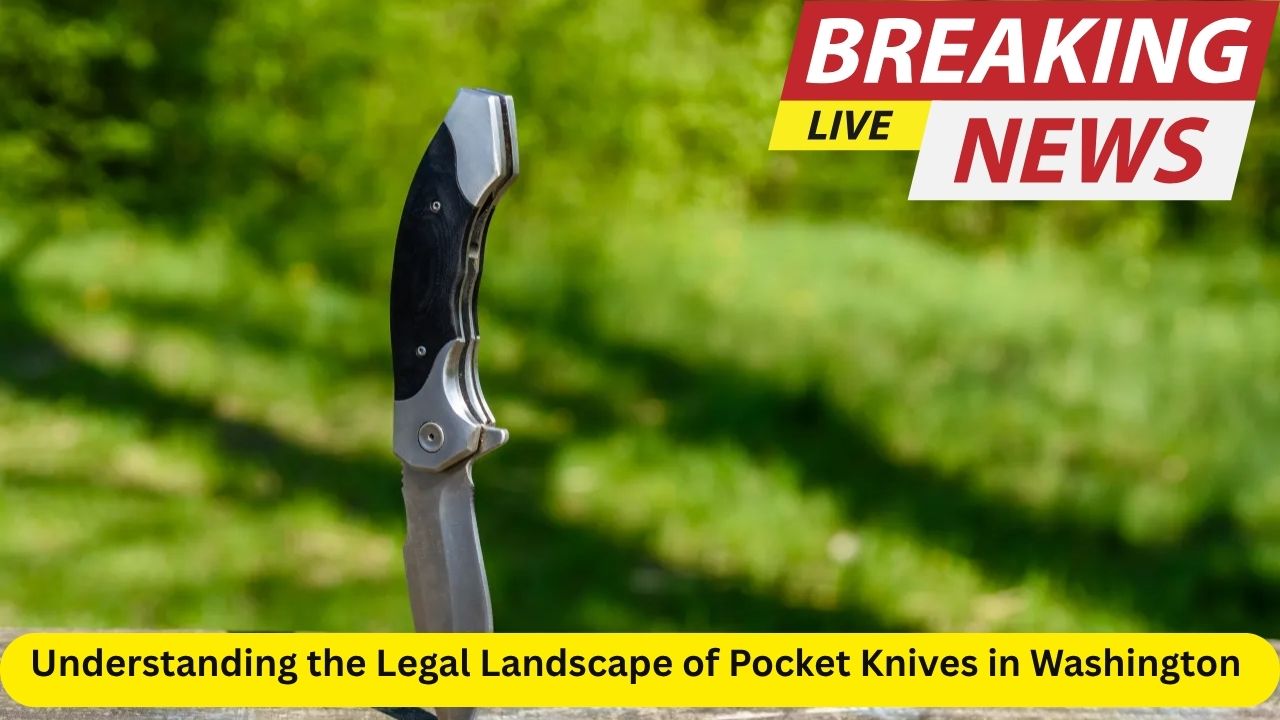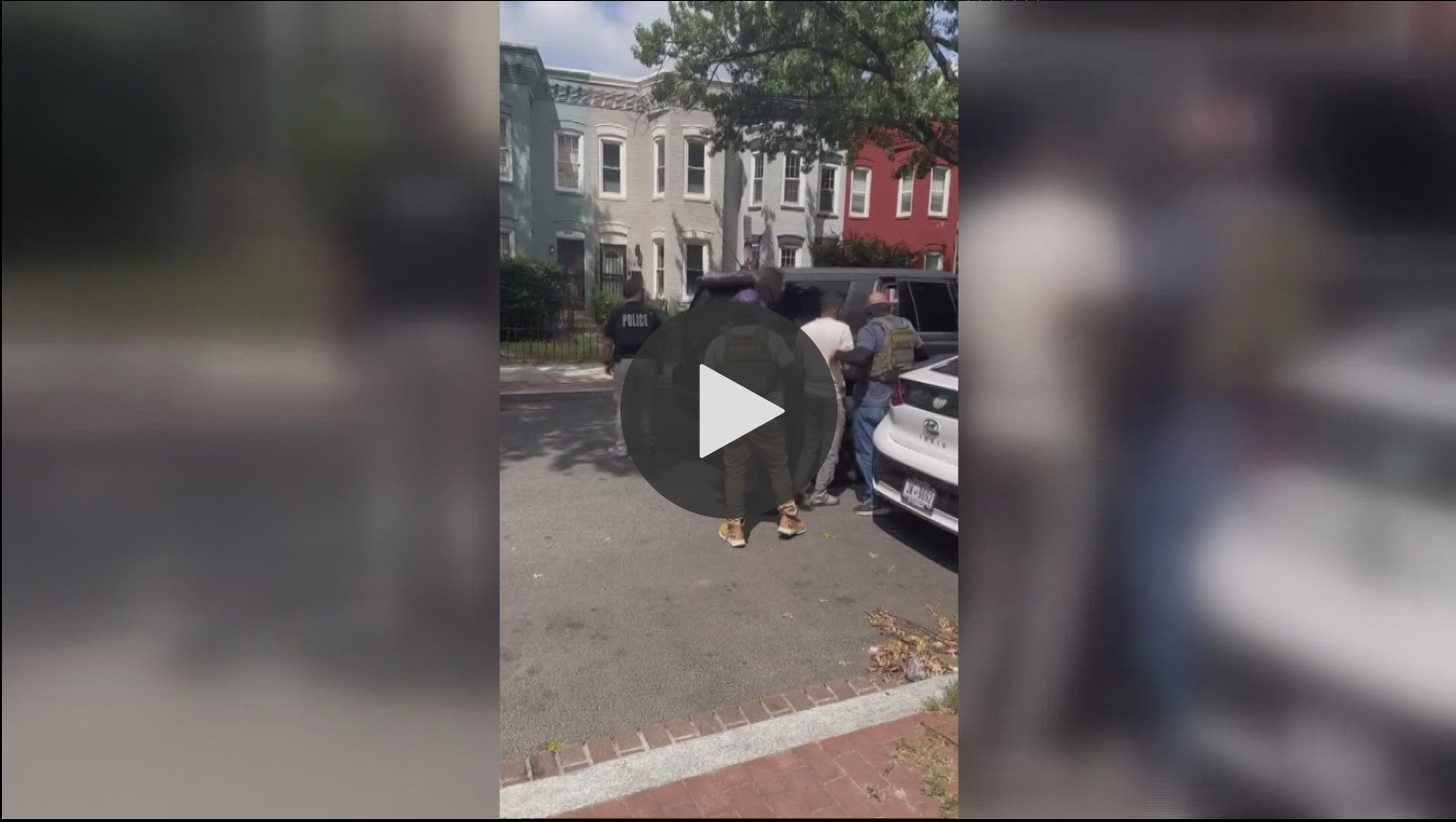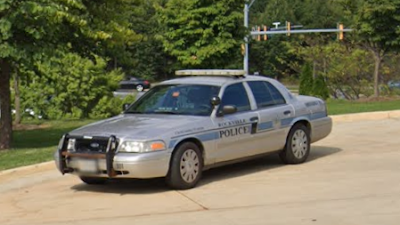Pocket knives, compact and versatile tools, have practical appeal—from outdoor recreation to everyday convenience. In Washington State, like elsewhere, the laws surrounding pocket knives can be complex, influenced by both state and local regulations. Whether you’re an outdoor enthusiast, a tradesperson, or simply someone who appreciates the convenience of a multipurpose tool, it’s vital to know what the law permits. This comprehensive blog post outlines the legal landscape in Washington State, connecting city-specific regulations, relevant statistics, and practical considerations for responsible knife ownership.
The Role of Pocket Knives in Daily Life
Pocket knives serve many non-violent and everyday functions. In cities like Seattle, Tacoma, Spokane, and Vancouver (Washington), people carry pocket knives for tasks such as opening packages, cutting ropes during recreational activities, and even food prep on camping trips. According to the 2023 Outdoor Recreation Economy Report, Washington State generated over $14 billion in consumer spending on outdoor recreation, with a substantial share involving activities where knives are essential tools. Given their utility, pocket knives play both pragmatic and cultural roles across Washington communities.
Understanding State-Level Knife Laws in Washington
Defining a Pocket Knife
At the state level, Washington law defines what constitutes a “knife” with specific reference to both blade length and mechanism. While exact wording appears across statutes, the practical takeaway is: a simple, manual-opening knife with a blade under 3.5 inches is commonly referred to as a pocket knife. These knives don’t typically trigger additional scrutiny unless used in a threatening manner.
Concealed vs. Open Carry
Watching the difference between concealed and open carry is important in Washington law. A pocket knife carried openly clipped to a belt or visible in a backpack rarely causes legal issues. But concealed carry—such as on a body holster—can fall under prohibitions if the blade length exceeds certain limits or if the knife is of a type disallowed under Washington’s Weapon Offense statutes.
Prohibited Knife Types
Washington statute designates certain knives as prohibited weapons. These include:
-
Ballistic knives (where the blade is propelled by explosive charge)
-
Daggers, dirks, stilettos
-
Switchblades and spring-assisted knives with blades over one inch that open automatically
Some city regulations can create stricter rules, especially in public buildings or certain neighborhoods. We’ll explore these next.
City-Specific Rules and Restrictions
Seattle
Seattle, as Washington’s largest city, manages knife policy through both Stewardship and Public Safety ordinances. Key policies include:
-
Carry of blades over 3.5 inches concealed is typically banned.
-
The city also stresses the “intent” behind carrying. Carrying a knife openly clipped to a belt for legitimate purposes is typically overlooked; carrying concealed raises suspicion.
-
Public buildings—including schools, libraries, and government offices—often ban “all knives,” requiring visible signage and enforcement by security personnel.
Tacoma
Tacoma mirrors state law closely, but takes a stricter stance on concealed carry. Under Tacoma Municipal Code, hiding a knife with blade length over 2.5 inches can lead to a misdemeanor charge. Outdoor recreation zones like parks and trails allow pocket knives, but with caveats: displaying or flashing such knives in public areas, even if open, may result in warnings or citations.
Spokane
Spokane enforcement focuses on context. Carrying a simple, manual pocket knife openly is generally legal unless used threateningly. Spokane Municipal Code imposes heightened restrictions in schools, public buildings, and certain neighborhoods. Although blade length restrictions align with the state’s 3.5-inch rule, concealed carry rules are enforced with an emphasis on “reasonable belief of dangerous intent.”
Vancouver (WA)
Civically adjacent to Portland (OR), Vancouver has taken a balanced approach emphasizing youth safety. Blade length over 4 inches is not permitted for minors. Adults may carry concealed if blade length is 3.5 inches or under. Concealed carry of knives over that limit can result in misdemeanor charges, but enforcement generally depends on whether public safety is compromised.
Knife Possession in Schools
Across Washington state, public schools and many private campuses ban all knives, regardless of size or purpose. Basic possession, display, or brandishing can lead to serious consequences, including disciplinary actions and potential criminal charges. Exceptions exist for tools used in vocational training, provided they are stored under supervision and used safely.
Concealed Carry Permits and Pocket Knives
Washington does not issue separate licenses or permits for pocket knives. Concealed carry rules fall under state statute, city ordinances, and public space restrictions. While some states specifically outlaw concealed knives without permits, Washington’s statutes allow non-violent pocket knives to be concealed under 3.5 inches in many contexts, leaving enforcement up to police interpretation. Awareness of local regulations—especially concealed carry rules—is essential.
Penalties and Legal Consequences
Breaking knife laws in Washington can lead to:
-
Class 1 or Class 2 misdemeanors, carrying fines up to $1,000 and possible jail time up to 90 days
-
Gross misdemeanors in cases involving intent to threaten or using the knife during a crime
-
Enhanced penalties if a knife is used in conjunction with violence
-
Seizure of the knife by law enforcement
Furthermore, even lawful knife carriers can face secondary consequences—such as employment loss or housing complications—if arrest occurs or charges are filed, even without conviction.
Statistics and Enforcement Trends
-
Knife-related arrests: In King County (home to Seattle), roughly 8% of arrests under 2024 Weapon Offenses involved knives. Less than half—about 3%—were pocket knife related, with the rest involving prohibited weapons.
-
Seattle PD enforcement: In 2023, fewer than 5% of knife stops led to arrest when the knife was carried openly and not used in a threatening manner. The “visible, on hip” standard often shields lawful knife users.
-
Compliance education: Police in Spokane and Vancouver increased public outreach in 2023, conducting 15 community seminars explaining pocket knife legality, resulting in a reported 20% drop in knife violation tickets within a year.
Responsible Knife Ownership and Safety Tips
Choose Legal Knives
-
Stick to manual-opening blades under 3.5 inches when within city limits
-
Avoid any knife with spring-assisted opening or that can be hidden in architecture (e.g., pen knives disguised as other objects)
Proper Carry Practices
-
Carry openly where legal—e.g., belt sheath or clipped to pocket
-
Avoid concealing knives unless blade length is under local thresholds
-
Practice safe handling to prevent accidents—fold it fully, engage locking mechanisms, keep it sharp and clean
Be Informed About Local Rules
-
Review municipal codes if you split time between multiple cities—especially Seattle, Tacoma, Spokane and Vancouver
-
Be cautious in sensitive zones: schools, stadiums, concert venues, courts—many ban all knives regardless of legality
Know When to Decline Carrying
-
If you’re unsure about rules in a new venue, leave the knife behind
-
That small convenience may not outweigh jail time or fine risks
Consider Knife Education
Recreational knife courses—covering knife law and safe handling—are offered through community centers and outdoor clubs, particularly in Tacoma and Spokane. These courses often include legal education portions, including state and local compliance guidelines.
Scenario-Based Guidance
Scenario 1: Apartment Building in Tacoma
Carrying a 3-inch manual pocket knife clipped to your belt walking through common areas is generally lawful. Concealing that same pocket knife inside clothing, however, may still be legal under state law, but risks scrutiny under infrastructure-specific “concealed knife” policies enforced by building supervisors.
Scenario 2: Hiking in Mt. Rainier National Park
Federal park regulations allow pocket knives used for utility purposes (e.g., food prep, rope-cutting). However, concealed carry into visitor centers and ranger stations with a blade—even 2 inches—may lead to temporary confiscation until exit.
Scenario 3: Outdoors Festival in Spokane
Food festivals outside often permit small pocket knives for food prep and general use. However, tight entry screening at a music festival might ban all pocket knives, regardless of size or purpose. Stay updated on festival rules and avoid surprises at entry points.
Recent Legal Changes and Proposed Reforms
-
2024 Seattle amendments: Increased clarity around concealed blade length. Any blade over 4 inches, concealed anywhere, is expressly disallowed—even if no criminal intent exists.
-
2023 Vancouver youth proposal: A pending ordinance would prohibit anyone under 18 from using pocket knives over 3 inches in public spaces—voting scheduled later this year.
-
Statewide 2022 amendments: Removed discrepancies around “gravity knives” by aligning spring-assisted tools with automatic [illegal] blade statues, simplifying enforcement of opening mechanisms.
Comparative Snapshot: Washington vs. Neighboring States
| Feature | Washington | Oregon | Idaho |
|---|---|---|---|
| Open Carry | Widely allowed | Widely allowed | Widely allowed |
| Concealed Carry (≤3.5″) | Generally allowed | Generally allowed | Generally allowed |
| Automatic/Spring-assisted | Prohibited | Prohibited (mostly) | Allowed with restrictions |
| Youth Restrictions | Some cities in progress | Few local regulations | Typically none |
| Public Building Bans | Common | Common | Common |
Frequently Asked Questions
Is it illegal to carry a pocket knife in Washington?
No—as long as it’s a manual blade under 3.5 inches and carried openly or without intent to threaten, it’s legal. Local rules may apply, so stay aware of specific city ordinances.
What about spring-assisted knives?
Spring-assisted knives can effectively be classified as automatic by law enforcement. They may be treated like switchblades, which are illegal at both state and city levels.
Can I carry a pocket knife on public transit?
Allowed in most cases if it meets legal specifications. However, public transit providers (like state ferries) often have policies prohibiting all knives. Always check operator rules before boarding.
What if I travel interstate with a Washington-legal pocket knife?
Knife laws vary widely. In Oregon/Northern Idaho, rules are generally similar. But if you head east to states like California or Hawaii, blades may be heavily restricted. It’s best to check laws before traveling.
What happens if police suspect intent to harm?
If brandishing or threatening behavior is observed, a legal pocket knife may still prompt arrest. Intent and use matter more than blade alone. Avoid carrying in ways that could spark suspicion.
Final Thoughts
Pocket knives are useful and lawful tools—but only when carried with knowledge and responsibility. Washington State law, along with city-specific regulations, allows for everyday carry of manual blades under 3.5 inches in most cases. However, enforcement often pivots on context, intent, blade mechanism, and the setting.
Educate yourself on your city’s rules, carry openly, practice safe handling, and when in doubt, find alternatives. An informed knife owner is a safe and respected knife owner. The convenience and utility of that compact tool shouldn’t come at the price of legal trouble. Stay safe, stay smart, and enjoy the versatility your pocket knife brings to daily life in Washington.
















Leave a Reply